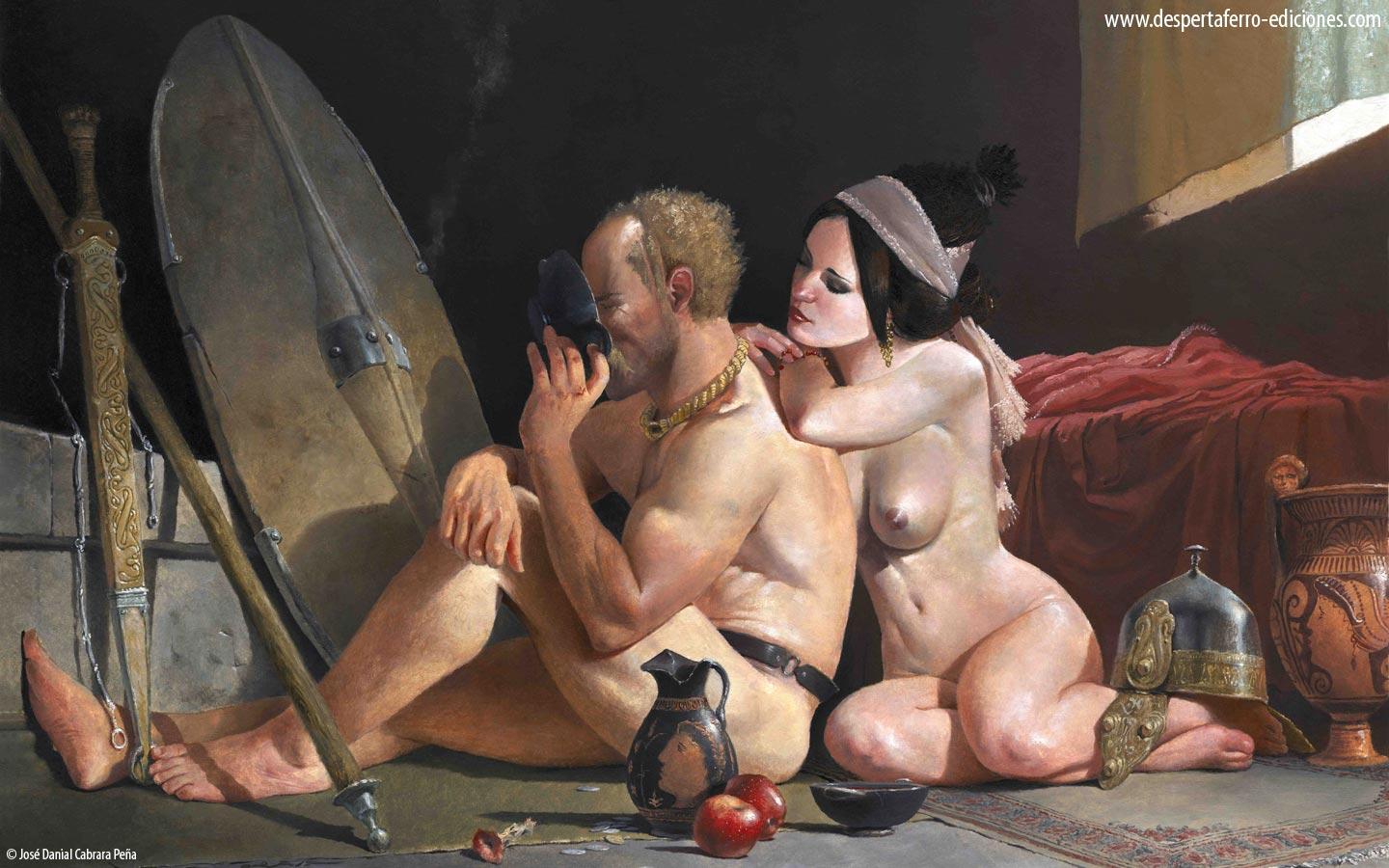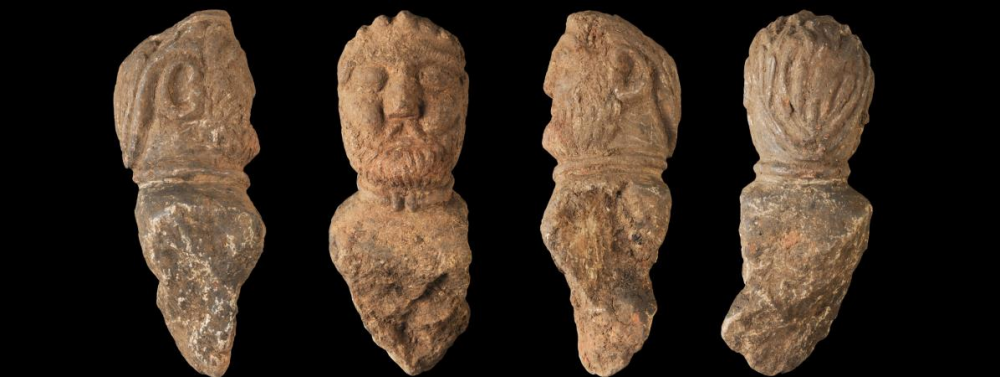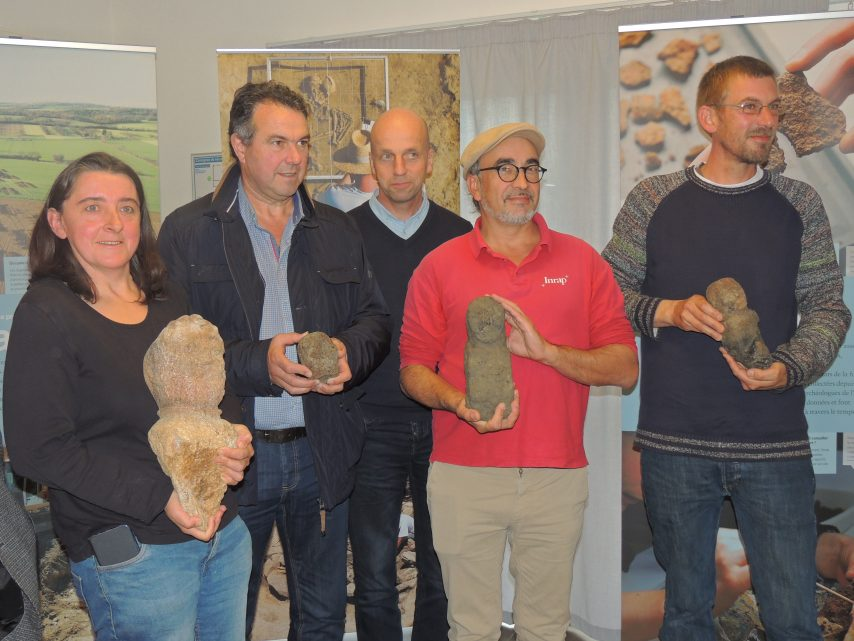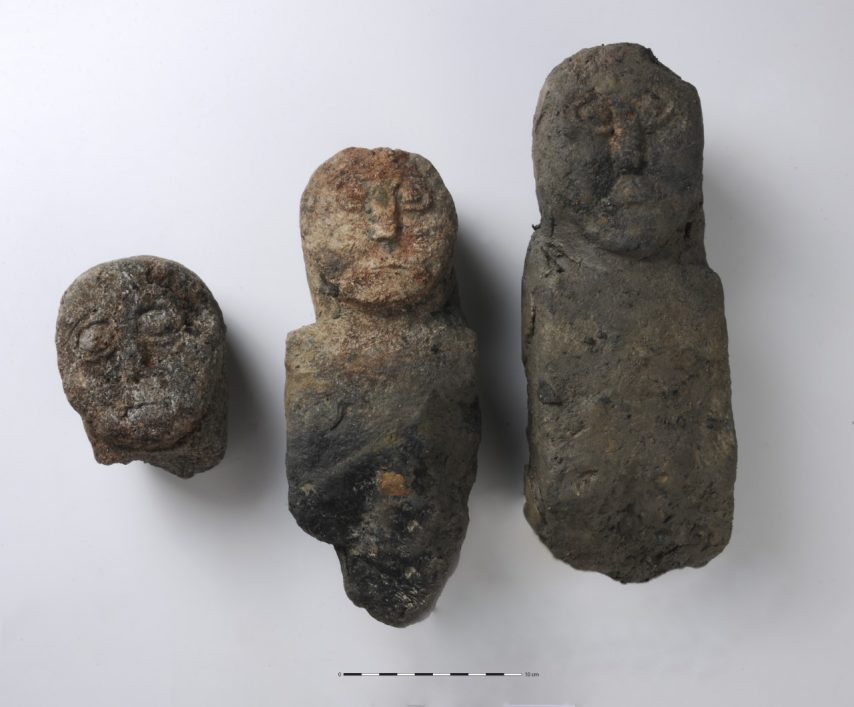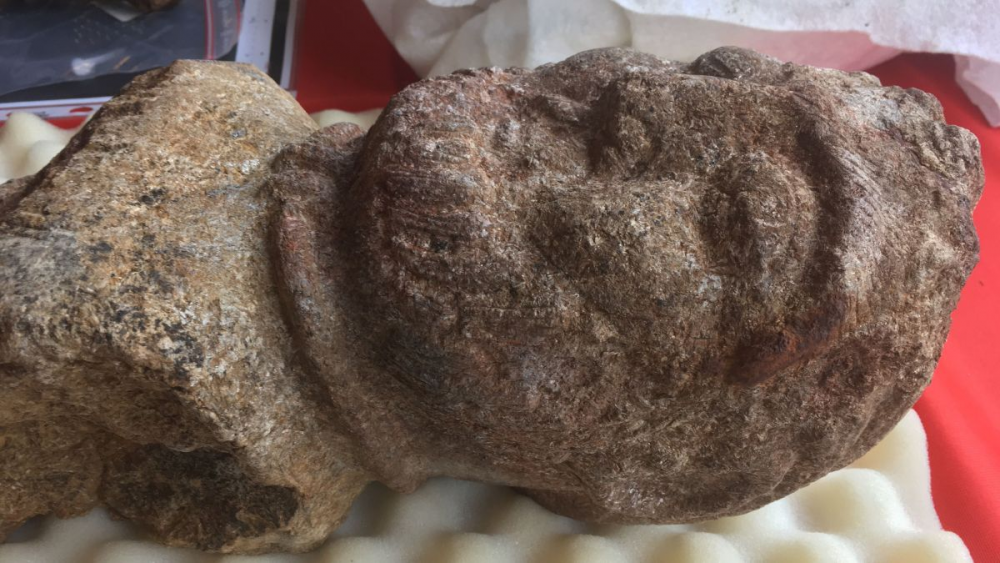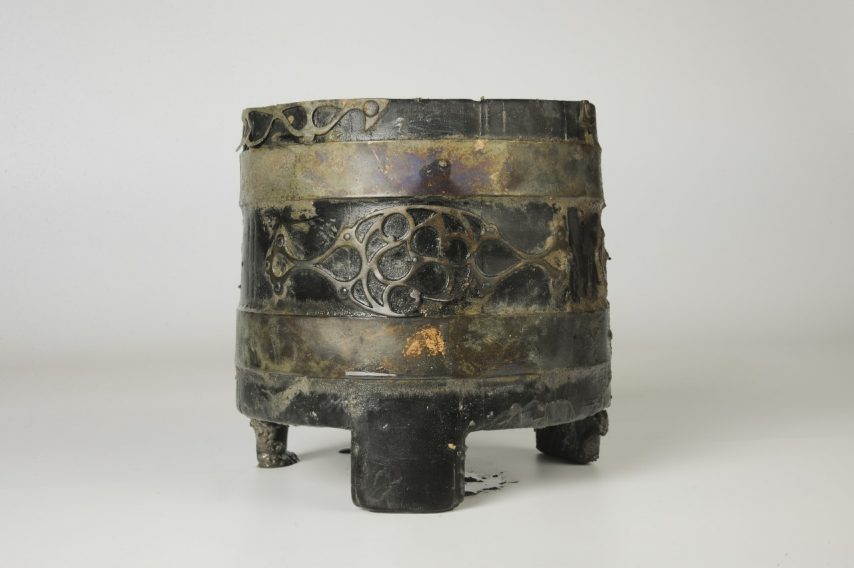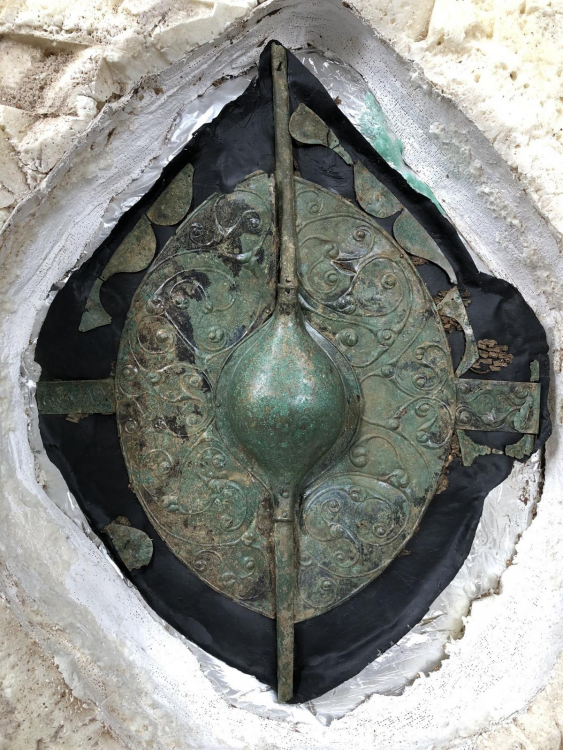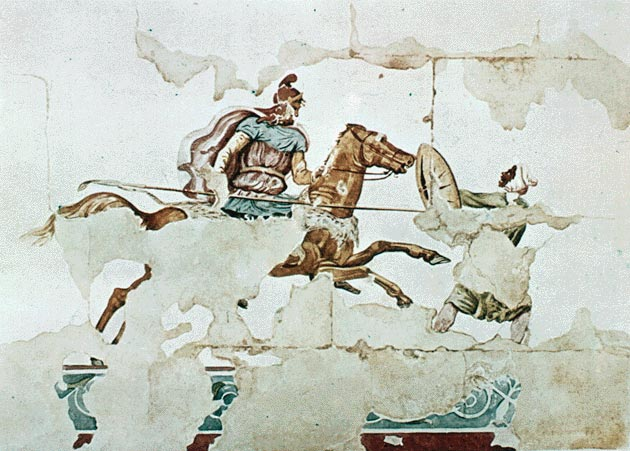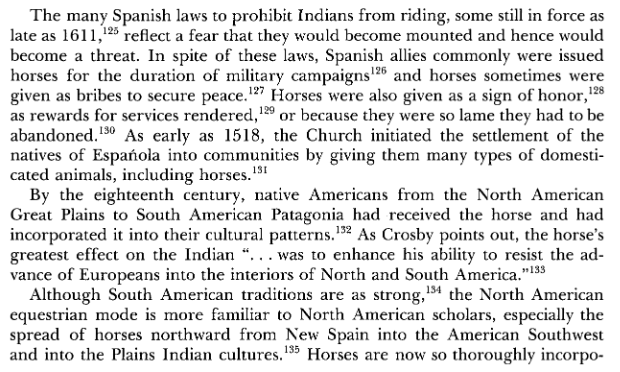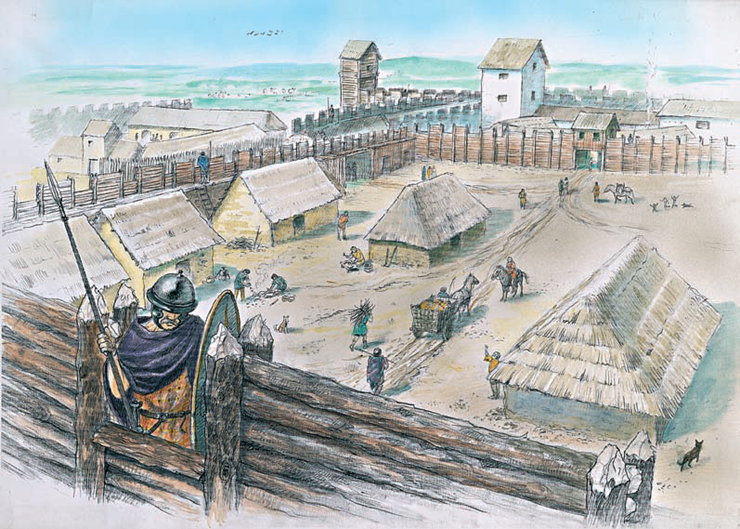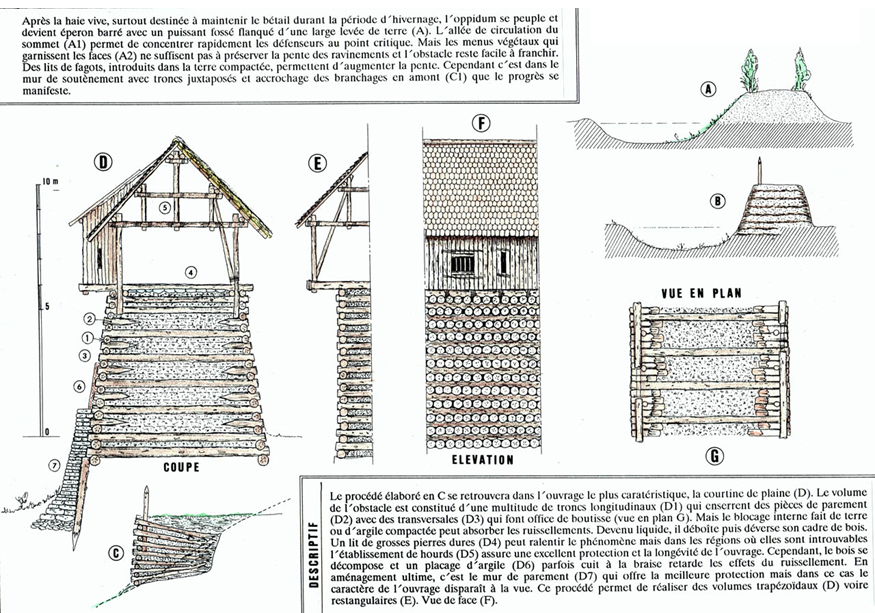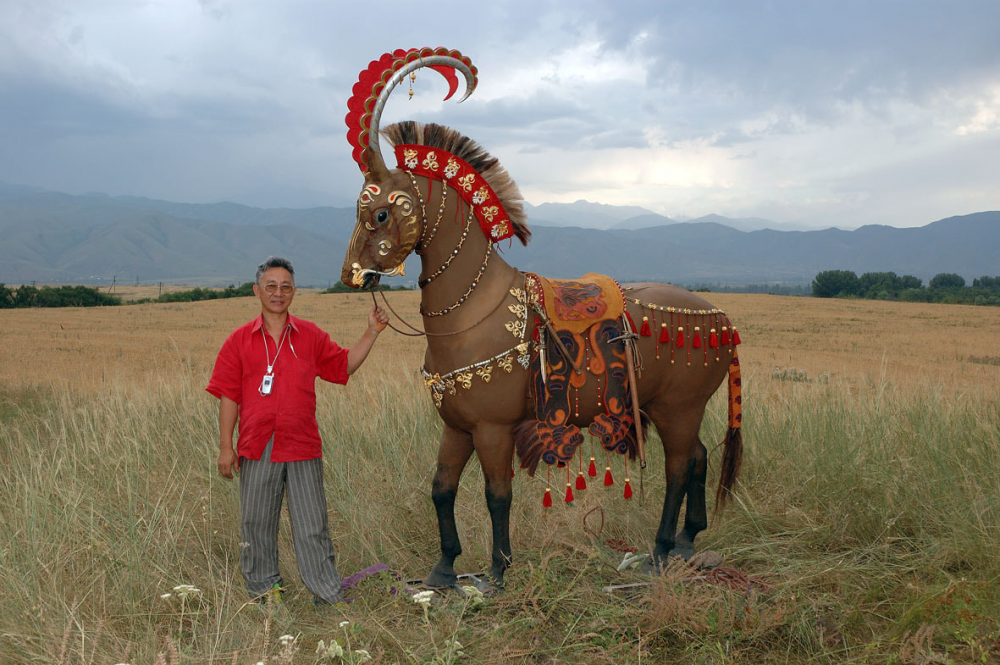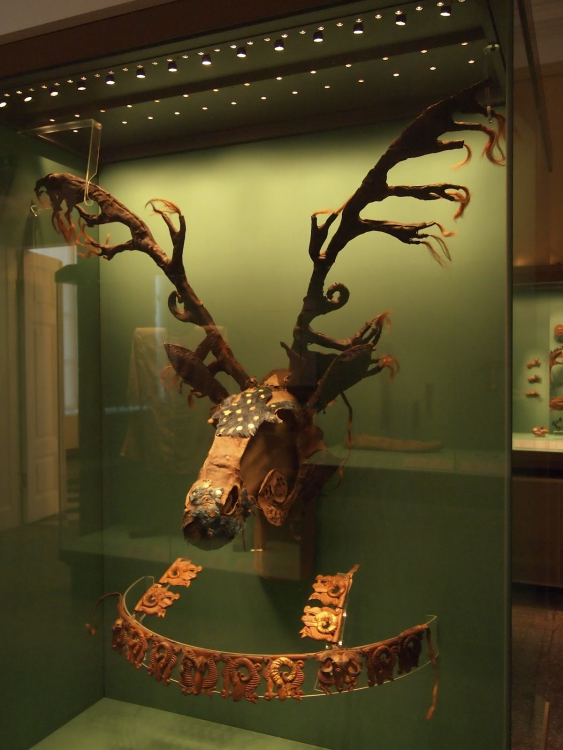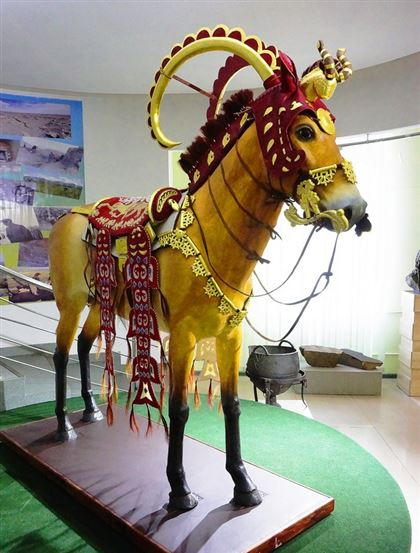-
Posts
2.401 -
Joined
-
Last visited
-
Days Won
82
Everything posted by Genava55
-
.thumb.jpg.b21ca1d0c15fb56b42c39b25a0a40815.jpg)
===[COMMITTED]=== Siege Artillery Rework
Genava55 replied to Alexandermb's topic in Completed Art Tasks
You really did a great job Alexandermb! -
Cattle Domestication: from Aurochs to Cow http://www.cambridgeblog.org/2016/02/cattle-domestication-from-aurochs-to-cow/
-
.thumb.jpg.b21ca1d0c15fb56b42c39b25a0a40815.jpg)
===[COMMITTED]=== Siege Artillery Rework
Genava55 replied to Alexandermb's topic in Completed Art Tasks
Appian, The Illyrian Wars 4: "[18] The transalpine Iapydes, a strong and savage tribe, drove back the Romans twice within the space of about twenty years, overran Aquileia, and plundered the Roman colony of Tergestus. When Augustus advanced against them by a steep and rugged road, note they made it still harder for him by felling trees. As he advanced farther they took refuge in another forest, where they lay in ambush for the approaching foe. Augustus, who was always suspecting something of this kind, sent forces to occupy certain ridges which flanked both sides of his advance through the flat country and the fallen timber. The Iapydes darted out from their ambush and wounded many of the soldiers, but the greater part of their own forces were killed by the Romans who fell upon them from the heights above. The remainder again took refuge in the thickets, abandoning their town, the name of which was Terponus. Augustus took this town, but did not burn it, hoping that they also would give themselves up, and they did so. [19] Thence he advanced to another place called Metulus, which is the chief town of the Iapydes. It is situated on a heavily timbered mountain, on two ridges with a narrow valley between them. Here were about 3,000 warlike and well-armed youth, who easily beat off the Romans who surrounded their walls. The latter raised a mound. The Metulians interrupted the work by assaults by day and by night, and harassed the soldiers from the walls with engines which they had obtained from the war which Decimus Brutus had waged there with [Marc] Antony and Augustus. When their wall began to crumble they built another inside, abandoned the ruined one, and took shelter behind the other. The Romans captured the abandoned one and burned it. Against the new fortification they raised two mounds and from these threw four bridges to the top of the wall. Then, in order to distract their attention, Augustus sent a part of his force around to the rear of the town and ordered the others to dash across the bridges to the walls. He ascended to the top of a high tower to see the result." https://en.wikipedia.org/wiki/Iapydes -
.thumb.jpg.b21ca1d0c15fb56b42c39b25a0a40815.jpg)
===[COMMITTED]=== Siege Artillery Rework
Genava55 replied to Alexandermb's topic in Completed Art Tasks
I am in favor of non-covered rams. If this is too much unbalanced for the factions using those (too weak), let's give them the possibility to upgrade it to covered battering rams through a research. And the Mediterranean factions could have the covered ones directly from the start without any research. I hope sapping will be added in the game one day in the future but that is a more complex thing to add. -
Discovery of four statues in Bretagne (France) https://www.francetvinfo.fr/culture/patrimoine/archeologie/rare-decouverte-de-quatre-sculptures-gauloises-en-bretagne_3673787.html https://actu.fr/bretagne/saint-brieuc_22278/pres-saint-brieuc-archeologues-decouvrent-objets-ayant-appartenu-chef-gaulois_28891529.html
- 264 replies
-
- 2
-

-
- britons
- east celtic
-
(and 2 more)
Tagged with:
-
Iron Age shield found in Pocklington is "one of most important ancient finds this millennium" https://www.yorkshirepost.co.uk/heritage/iron-age-shield-found-in-pocklington-is-one-of-most-important-ancient-finds-this-millennium-1-10137418 “The popular belief is that elaborate metal-faced shields were purely ceremonial, reflecting status, but not used in battle. Our investigation challenges this with the evidence of a puncture wound in the shield typical of a sword. Signs of repairs can also be seen, suggesting the shield was not only old but likely to have been well-used,” said Paula.
- 264 replies
-
- 2
-

-
- britons
- east celtic
-
(and 2 more)
Tagged with:
-
.thumb.jpg.b21ca1d0c15fb56b42c39b25a0a40815.jpg)
Age of Empires 2 Definitive Edition
Genava55 replied to Lion.Kanzen's topic in Introductions & Off-Topic Discussion
-
Video about the battle of Agincourt, do not want to open a new thread for this:
-
Welsh mythology can be used if there is something planed for the Celts.
-
Clearly, they still have enough power to thrust deeply their enemies. They simply cannot use the whole momentum, they needed to be a little loose on the hit to not lose their weapon or to be unhorsed. This is why I reacted to the animation of a hetairos holding the lance like a knight would, with a very strong grip. Btw, a depiction here of a possible strike during a charge:
-
The story of a weird object with a spear-like shape that could have been a musical instrument for religious purposes.
- 264 replies
-
- britons
- east celtic
-
(and 2 more)
Tagged with:
-
Moreover, without saddle and stirrups, it is impossible to transmit the whole kinetic energy of the horse and the man with the lance without being projected during the contact.
-
.thumb.jpg.b21ca1d0c15fb56b42c39b25a0a40815.jpg)
Age of Empires 2 Definitive Edition
Genava55 replied to Lion.Kanzen's topic in Introductions & Off-Topic Discussion
In "Horses and Heroes: The Myth of the Importance of the Horse to the Conquest of the Indies": Ref. 120 => The Appearance of the Mounted Indian in Northern Mexico and the Southwest, to 1680. Sadly I cannot get access to this one. But I found another paper quoting this one: The Rise and Fall of Plains Indian Horse Cultures https://watermark.silverchair.com/90-3-833.pdf?token=AQECAHi208BE49Ooan9kkhW_Ercy7Dm3ZL_9Cf3qfKAc485ysgAAAmgwggJkBgkqhkiG9w0BBwagggJVMIICUQIBADCCAkoGCSqGSIb3DQEHATAeBglghkgBZQMEAS4wEQQMeqdBRtD7Nl-ZWanIAgEQgIICG0mYZPbq6mvBieZn0RUs7-AQwCC5wQLa51iZofrB0q7clDWynbqfxBa_gssA0phFat5qBkxCGRtPbcAkrLXR9ThXRXTHO9FivODEvXVsu-LuKvx3fUXMkO2b2y2TlSHQZr3g0aD_G9pTE6_RKuxo0-7shHuvHhUssvH7M3pabTtG7g_IsWVEXVocsp6ThbeR3PlEvrD1GyxjH_jOW1K-wbEblmicIbGI48wbIeOn7kIoO8dzyZKGlbNG_42vZbEMkypp70BvSAq68UZrZ3dLn7l3-O7oCWPvvejk8FsBK5HbeAFj7e6rPhG2MDNsI8bQIYpiCx7mgjL2SMAjZsSEcmZAaFHHbwtPvRAOPIl9kTaieHlHgMfQlJWElFRE3GogCXLiik_h87bP85adBj7r4nkebwiS-AYlfLQuRFEbaclwRUXVYVQ9jt7vBWWDRqGxj738J0er1G8xLDHaho74_hwp5S-Ovl7tjBTr-gFGRUi15Za793u1wgVyPW1_PSe0p0R3UckkQ2_LytpH9Il1SKuwVpWco3TYRuK00OJZqczBhfFR-9JkA5Ytk_WllMqZHRQOb7iGER2KGQoJTXcidJuc48K0tXv6HFgCskcKqduwMCS1g1VWs4MdIRHRqm7qFdoNqH6dDVfIkOMzGixoR1wDjUfI7Eds0fgchhfBdupf_ql3lkEW4yKKPnvFMKZBOcOrGC4c90PCDz_v -
If it is useful for the Gauls, here there is a view of the large tower in Paule fortified farm, at 2:51: Here an illustration of the same place: Here a fortified part of outer wall from Bibracte:
-
.thumb.jpg.b21ca1d0c15fb56b42c39b25a0a40815.jpg)
Age of Empires 2 Definitive Edition
Genava55 replied to Lion.Kanzen's topic in Introductions & Off-Topic Discussion
-
Stunning antler-like horse headpiece with matching breastcollar; Scythian, about 300 BCE, Hermitage Museum, St Petersburg, Russia. Steve Harrison. Museum piece
-
.thumb.jpg.b21ca1d0c15fb56b42c39b25a0a40815.jpg)
The Kingdom of Kush: A proper introduction [Illustrated]
Genava55 replied to Sundiata's topic in Official tasks
Ptolemaic Elephants in III Maccabees and the Social Stratification of the Kingdom of Kush https://digitalcommons.xula.edu/cgi/viewcontent.cgi?article=1010&context=etd Probably an undergraduate thesis but an interesting topic properly explored.- 1.040 replies
-
- 1
-

-
- civ profile
- history
- (and 5 more)
-
Absolutely. I have no problems with your message and your concerns by themselves. Contrary to some message said, your concerns do not make a disservice from my point of view. Kushite civilization during the Meroitic period has the difficulty to inheriting several monuments from previous periods and keeping them in function without important updates in the architecture and in the design. But as does the temple of Jupiter in Rome on the Capitoline Hill, an Etruscan temple renovated multiples times but mostly the same. However, the Kushites building in the game do not seem to overuse Egyptian architecture, this is the case only in key buildings where the argument of a legacy can be justified (like the wonder). Maybe you should be more specific and doing a case-by-case discussion, specifying which building type cause you concern.
-
@Anaxandridas ho Skandiates I do not follow you on a few points but I think the references from Sundiata clarified some of your concerns, however I want to specify that the illustration has not been based on an actual academic reference for a good reason. This illustrations has been made from actual models in the game, inspired by the actual render of the game. This is not an illustration in the purpose to recreate exactly the reality seen in some excavations. Therefore, it stresses an important point to accept: the models in the game are not academic references, nor does follow academic standards. This is a RTS-game, the buildings follow not only the references posted in threads but also the references set for the gameplay and the design of 0 A.D. This is an illustration to promote the game. This illustration is based on indirect and reinterpreted evidences.
-
That's... promising!
-
Personally I am not that mad. It is the teasing and absence of information for a long period to have only this very short trailer centered on a very well-known period... that is barely acceptable. I am thinking they are very afraid of any backslash. A lot of people tried to decrypt the teaser to guess the period. But they seem to have misinterpreted it. "A new Age is upon us" seems to suggest an important change of the gameplay in regard to the actual trailer. Actually, this is quite bold. Besides the texture and design problem, a few interesting things appears. Walls can support unit like in the Middle-Earth RTS. Civilizations will have unique designs for the units. That's already something good.
-
Well basically it is AoE2 but with better handled limits. Migration Era to Renaissance. Already partially use in AoE2 (Huns, Goths, Spanishs, Aztecs etc)
-
That teasing for this...

